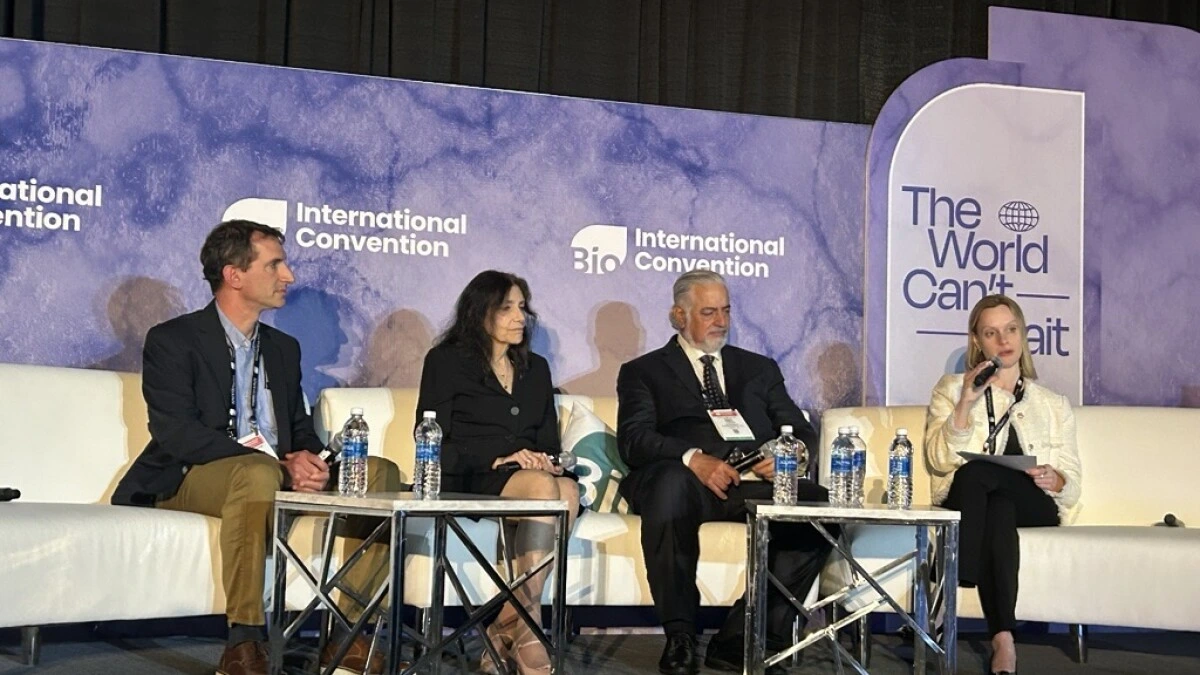

Image Credits: Biospace
At Bio2025, rare diseases leaders Yale, Ultragenyx, and Amylyx raised a few questions on the new regulatory pathways introduced by Marty Makary, an FDA commissioner. The leaders also acknowledged the efforts and additional thinking for treatments for the patients suffering from ultra-rare diseases. In April, FDA Commissioner Marty Makary highlighted plans for conditional approval of drugs for ultra-rare diseases. The new pathway could provide a conditional authorization for plausible mechanism medicines even in the absence of any controlled and randomized clinical trials. Sometimes, clinical trials are not possible to conduct due to an extremely small number of patients. Though everyone might not agree on the need for this pathway but it has its reasons yet to unfold to many. The new conditions (pathway) are supporting possibilities and the unpredictable scenario.
Experts in the drug development of rare and ultrarare diseases have an opposite take on this new pathway and think it’s an unnecessary idea. Makary described the conditional approval pathway by mainly targeting the majority of ultra-rare diseases. The diseases that affect one out of every 50,000 or more individuals.
Ultragenyx CEO, Emil Kakkis, put his thoughts in front of the panel that highlighted the best possible ways to leverage market presence for rare disease treatment. He said, “FDA already has several pathways to approve what is required, there’s no need for any additional conditional pathway. For the last few decades, the FDA permitted researchers to file paper NDAs where a smaller number of case reports from different physicians were said to be a new drug application. So, I think the FDA could think of another pathway, or else they could just permit those types of situations. FDA seems to be afraid of the mechanism procedure because they think it's not safe enough.”
Professor of medicine and public health at Yale School of Medicine, Joe Ross, said, “The FDA consists of various pathways and leveraged approvals such as breakthrough therapy and fast track. The new pathways have one beneficial aspect, which is the time limit. This aspect was never introduced in any previous pathways. This focuses on the timely expectations both for the sponsors and patients.”
Chief Medical Officer at Amylyx, Camille Bedrosian, gave two different opinions on the matter. She said, “With the genetic disorder, there’s an opportunity to understand how the drug will affect and why the mechanism is needed. On the other hand, you could also have an option with another pathway. The new pathway is admirable. Thinking of utilizing the current framework, I think this could also work.”